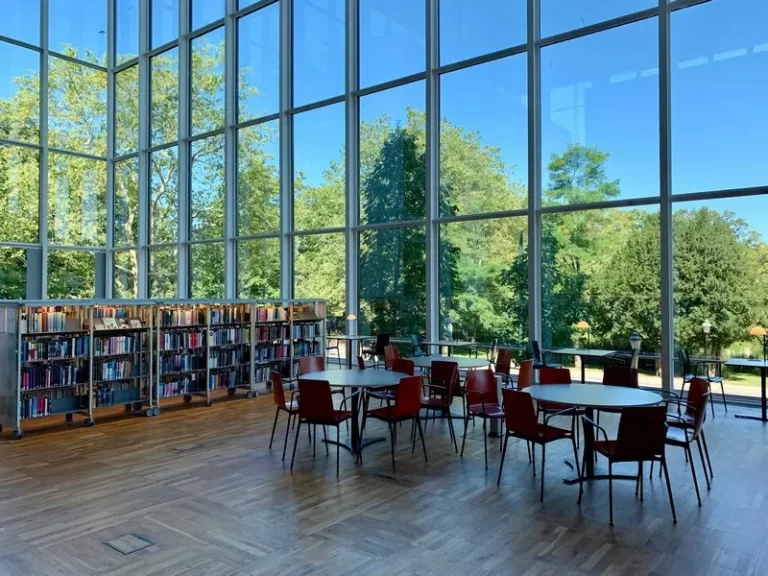
Exploring Secondary Modern Schools in Sociology
Learn about secondary modern schools, their historical context, and their impact on the education system and society. Understand the purpose, features, and criticisms of secondary modern schools and the reforms introduced to address the issues. Explore the legacy of these schools and their significance in understanding the relationship between education, social mobility, and social inequality.

